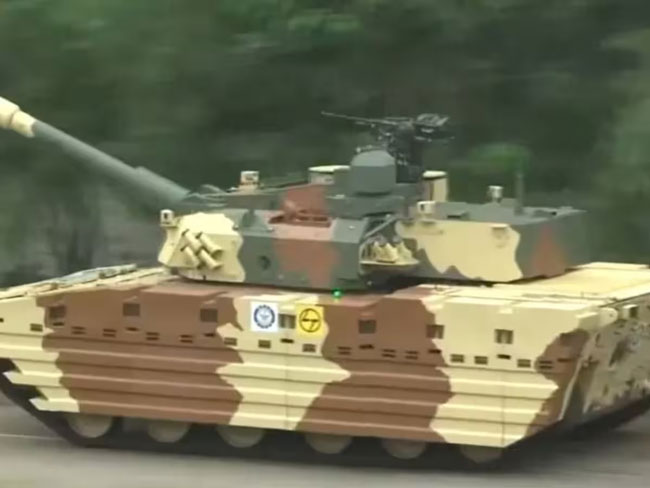Desk:The Defence Research and Development Organization (DRDO) and Larsen & Toubro have jointly developed the light tank ‘Zorawar,’ specifically designed for high-altitude combat, with trials set to begin soon in mountainous and cold areas. The Indian Army has initiated preparations for deploying these tanks along the Line of Actual Control (LAC) to counter potential threats from China. Initial testing for Zorawar took place last month, and now trials will assess its performance in cold, elevated regions.
Why Zorawar is Ideal for Mountainous Terrain
Typically, tanks weigh between 40-50 tons; India’s most commonly used models, the T-72 and T-90, weigh around 41 and 46 tons respectively. In comparison, Zorawar weighs under 25 tons, making it easier to maneuver in high-altitude areas, where agility is crucial. China has already stationed light tanks along the LAC, a fact that India observed during the 2020 clashes, highlighting the strategic importance of light tanks for such terrain.
Successful Initial Testing
The DRDO and L&T received a contract to manufacture 354 of these light tanks. The first phase of testing took place in September in the desert regions of Rajasthan, where Zorawar met all performance parameters successfully, according to DRDO. Now, the second testing phase is scheduled to evaluate Zorawar’s capabilities under freezing temperatures in mountainous regions.
High-Speed, Lightweight Design
Developed by DRDO’s Chennai-based Combat Vehicles Research and Development Establishment (CVRDE), Zorawar is India’s lightest tank to date. Currently weighing around 25 tons, further reductions are underway for even greater mobility. Zorawar can achieve speeds of 35-40 km/h on uneven terrain and up to 70 km/h on roads, making it versatile for various combat conditions.
Final Stages of Disengagement in Ladakh
In line with recent agreements between India and China, troops are in the final phase of disengagement from standoff points in Eastern Ladakh, particularly in Demchok and Depsang. Indian troops have already started moving equipment from these zones, while discussions on other standoff points remain ongoing. Once troop withdrawal is complete, regular patrolling is expected to resume in these areas.




